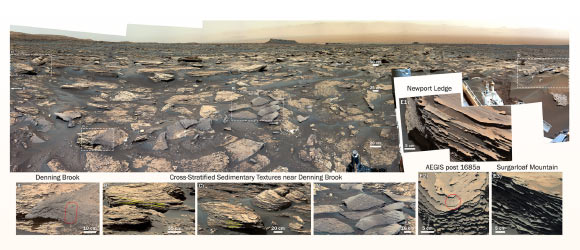Cassini Observations Suggest Underground Ocean on Titan
Titan, the largest moon of Saturn, harbors an internal low-density ocean of water or ammonia, according to an analysis of archival data from NASA’s Cassini mission. Representation of Cassini’s orbits…











